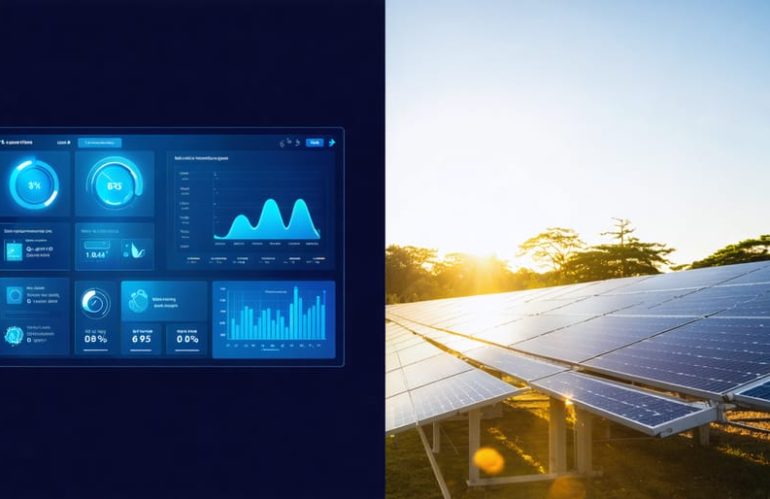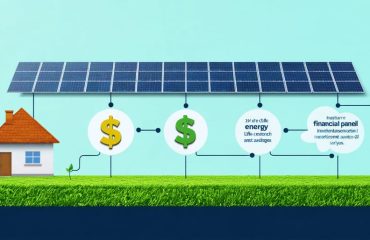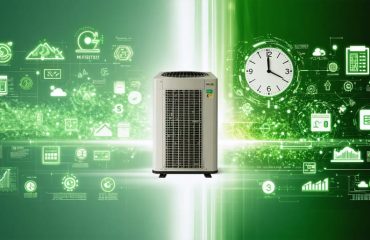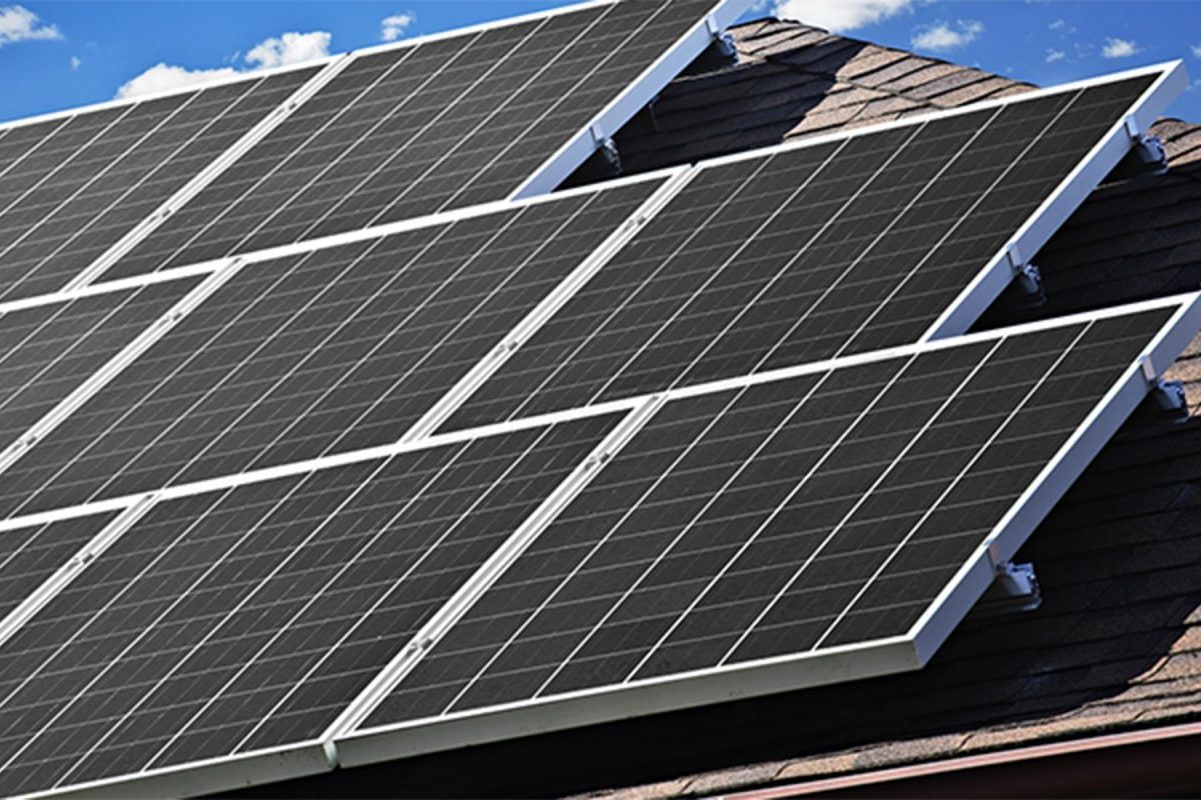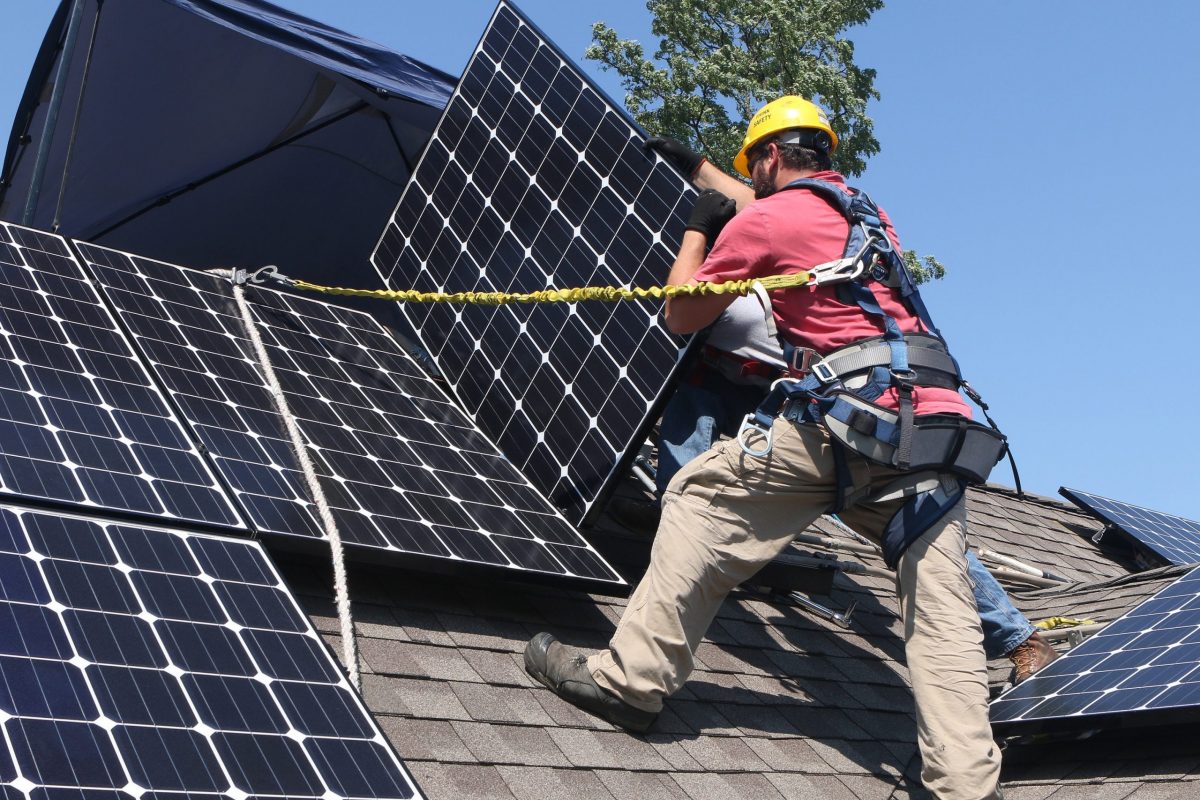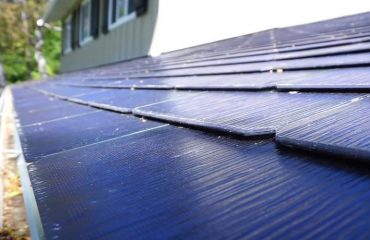Slash maintenance expenses by up to 40% through strategic preventive maintenance scheduling, data-driven equipment monitoring, and optimization of resource allocation. Modern maintenance management demands a delicate balance between cost reduction and operational excellence – yet achieving this balance has never been more critical for business sustainability. Smart organizations are revolutionizing their maintenance approaches by implementing predictive analytics, automating routine inspections, and adopting condition-based maintenance strategies that dramatically reduce unexpected downtime and emergency repairs.
Forward-thinking facility managers now leverage IoT sensors and maintenance software to detect potential issues before they become costly problems, while standardized maintenance procedures and proper staff training ensure consistent quality across all maintenance activities. These proactive approaches not only cut direct maintenance costs but also extend equipment lifespan, improve operational efficiency, and maximize return on infrastructure investments.
The key to sustainable cost reduction lies in shifting from reactive to proactive maintenance cultures, where every maintenance dollar spent serves as an investment in operational reliability rather than an emergency expense.
How Data Analytics Revolutionizes Solar Panel Maintenance
Real-Time Performance Monitoring
Modern real-time monitoring systems have revolutionized solar panel maintenance by providing homeowners with instant insights into their system’s performance. These smart solutions continuously track energy production, consumption patterns, and system health, alerting you to potential issues before they become costly problems.
Think of it as having a 24/7 guardian for your solar investment. The monitoring system tracks key metrics like voltage levels, power output, and panel temperature, comparing them against expected performance benchmarks. When something seems off – perhaps a panel’s output dropping below normal levels – you’ll receive an immediate notification through your smartphone app.
This proactive approach helps prevent major system failures and extends the life of your solar installation. Instead of discovering problems during annual inspections or when your energy bills suddenly spike, you can address minor issues promptly. For example, if dust accumulation is affecting panel efficiency, you’ll know exactly when cleaning is needed rather than following a rigid maintenance schedule.
The result? Lower maintenance costs, optimal system performance, and peace of mind knowing your solar investment is protected.
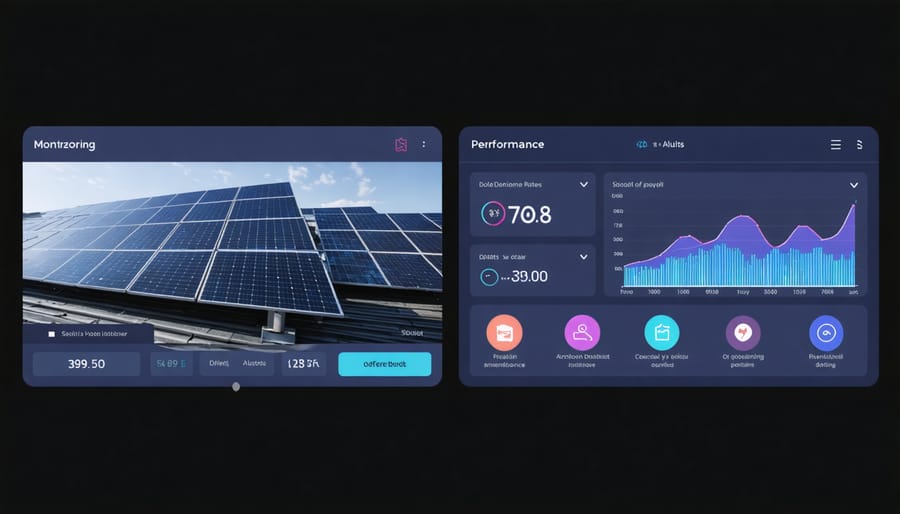
Predictive Maintenance Algorithms
Modern maintenance systems now leverage artificial intelligence and machine learning to predict when your solar equipment needs attention before problems occur. These smart algorithms analyze data from your system’s performance, weather patterns, and component age to create customized maintenance schedules that save both time and money.
Think of it as having a virtual expert who constantly monitors your solar setup. The system tracks factors like power output, voltage levels, and environmental conditions to detect subtle changes that might indicate future issues. When patterns suggest potential problems, you’ll receive notifications well in advance, allowing you to address concerns before they become costly repairs.
This predictive approach typically reduces maintenance costs by 15-30% compared to traditional scheduled maintenance. Instead of following a one-size-fits-all maintenance calendar, you’ll service components only when needed, extending their lifespan and optimizing performance. The system also helps prevent unexpected breakdowns by identifying wear and tear patterns specific to your installation.
For homeowners, this means fewer surprise repairs, better system reliability, and more efficient use of maintenance resources. The best part? These smart systems become more accurate over time as they learn from your specific setup and usage patterns.
Smart Maintenance Strategies That Save Money
Automated Problem Detection
Modern solar systems come equipped with sophisticated monitoring technology that acts like an early warning system for your investment. These automated systems continuously track your solar panels’ performance, power output, and overall health, alerting you to potential issues before they develop into costly problems.
Smart monitoring platforms use artificial intelligence and machine learning to establish baseline performance patterns for your system. When actual performance deviates from these expected patterns, the system immediately flags potential concerns. For example, if one panel’s output suddenly drops by 15%, you’ll receive a notification to check for possible shading issues or dirt accumulation.
These automated systems can detect various issues, including:
– Unexpected performance drops
– Irregular power generation patterns
– Connection problems
– Inverter malfunctions
– Weather-related impacts
– Physical damage to panels
The real value lies in catching problems early. A small issue like loose wiring or partial shading can significantly impact your system’s efficiency if left unchecked. By addressing these concerns promptly, you prevent minor issues from escalating into major repairs that could cost hundreds or thousands of dollars.
Many monitoring systems now offer mobile apps, making it easy to check your system’s performance from anywhere. Regular automated reports provide insights into your system’s health, helping you maintain optimal performance while maximizing your return on investment.
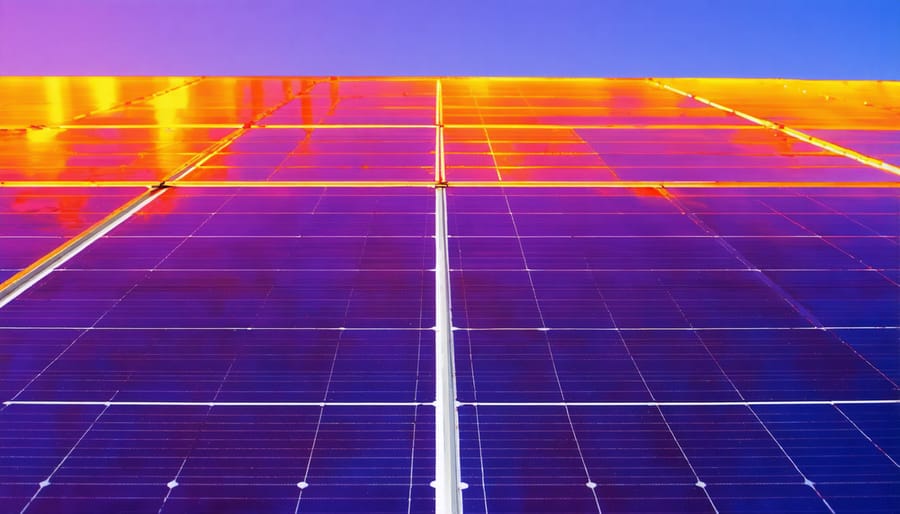
Cost-Efficient Cleaning Schedules
Regular cleaning is essential for solar panel efficiency, but finding the right balance between maintenance costs and energy production is crucial. Data-driven approaches help establish an optimal cleaning schedule that maximizes returns while minimizing expenses.
Monitor your system’s performance data through your inverter or monitoring app to identify patterns in energy production drops. These patterns, combined with local weather conditions, help determine when cleaning is truly necessary. In most regions, natural rainfall provides adequate cleaning 2-3 times per year, reducing the need for manual intervention.
Consider seasonal factors when planning cleanings. Schedule maintenance during dry seasons or after events like pollen storms, dust storms, or nearby construction. This targeted approach prevents unnecessary cleaning sessions and their associated costs.
For DIY cleaners, invest in the right tools: a soft brush, extension pole, and biodegradable soap. These one-time purchases quickly pay for themselves compared to professional services. However, if your roof is difficult to access or steeply pitched, professional cleaning might be more cost-effective when considering safety risks.
Track cleaning costs against energy production improvements to fine-tune your maintenance schedule. Many homeowners find that semi-annual cleanings strike the perfect balance between maintenance expenses and optimal system performance.
Making Data Work for Your Solar Investment

Simple Monitoring Tools
Today’s smartphone apps and user-friendly monitoring tools make monitoring your solar investment easier than ever. Popular apps like SolarEdge, Enphase Enlighten, and SunPower allow you to track your system’s performance right from your phone. These intuitive tools provide real-time data on energy production, consumption patterns, and potential issues that might affect your system’s efficiency.
Many solar inverter manufacturers offer free monitoring platforms that send alerts when performance drops below expected levels. These notifications help you catch problems early, potentially saving hundreds in repair costs. Some apps even generate monthly performance reports and compare your system’s output with similar installations in your area.
For budget-conscious homeowners, free web-based monitoring tools like PVOutput and Solar Analytics provide basic tracking capabilities without subscription fees. These platforms display daily generation data and help identify trends that might indicate maintenance needs.
Remember to check your monitoring app at least monthly to ensure your panels are performing optimally. Regular monitoring helps you spot efficiency drops early and maintains your system’s cost-effectiveness over time. Most importantly, these tools give you peace of mind knowing your solar investment is working as intended.
When to Call the Professionals
While DIY maintenance can save money, certain situations warrant professional intervention. Data shows that professional inspections every 3-5 years can prevent costly repairs and extend system longevity by up to 25%. Schedule professional maintenance when you notice a significant drop in energy production (typically more than 20%), or if your monitoring system indicates consistent underperformance.
Experts recommend calling professionals for annual inspections if your system is over 10 years old or located in areas with extreme weather conditions. Professional intervention is also crucial when dealing with electrical components, inverter issues, or roof-mounted equipment that requires specialized safety measures.
Consider professional maintenance if you notice:
– Unexplained increases in energy bills
– Physical damage from storms or debris
– Error messages from your inverter
– Loose mounting equipment
– Signs of water damage or corrosion
The cost of professional maintenance typically ranges from $150-300 annually, but this investment can prevent major repairs that could cost thousands. Many solar companies offer maintenance packages that include regular inspections, cleaning, and performance monitoring, often proving more cost-effective than addressing issues reactively.
Remember, attempting complex repairs yourself might void your warranty and pose safety risks.
Data-driven maintenance represents a smart, forward-thinking approach to managing your home’s systems and reducing costs. By implementing the strategies discussed in this article, you can expect to see significant savings on your monthly bills while extending the lifespan of your equipment. The combination of regular monitoring, preventive maintenance, and timely interventions can lead to cost reductions of up to 30% in the long term.
To get started, begin by establishing a baseline of your current maintenance costs and energy usage. Next, implement a simple tracking system to monitor performance and identify patterns. Consider investing in basic monitoring tools or smart home devices that can help automate this process. Remember that even small improvements in efficiency can add up to substantial savings over time.
Looking ahead, the field of maintenance optimization continues to evolve with new technologies and techniques. Stay informed about emerging trends and be ready to adapt your maintenance strategy as needed. By taking a proactive approach to maintenance, you’re not just saving money – you’re also contributing to a more sustainable future while protecting your valuable home investments.
The key to success lies in consistent application of these principles and regular review of your maintenance strategy. Start small, build gradually, and enjoy the benefits of reduced costs and improved home efficiency.

